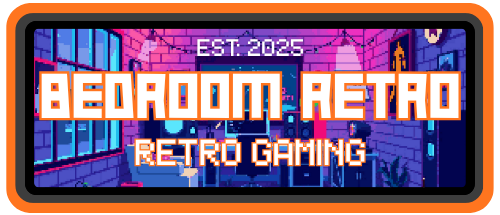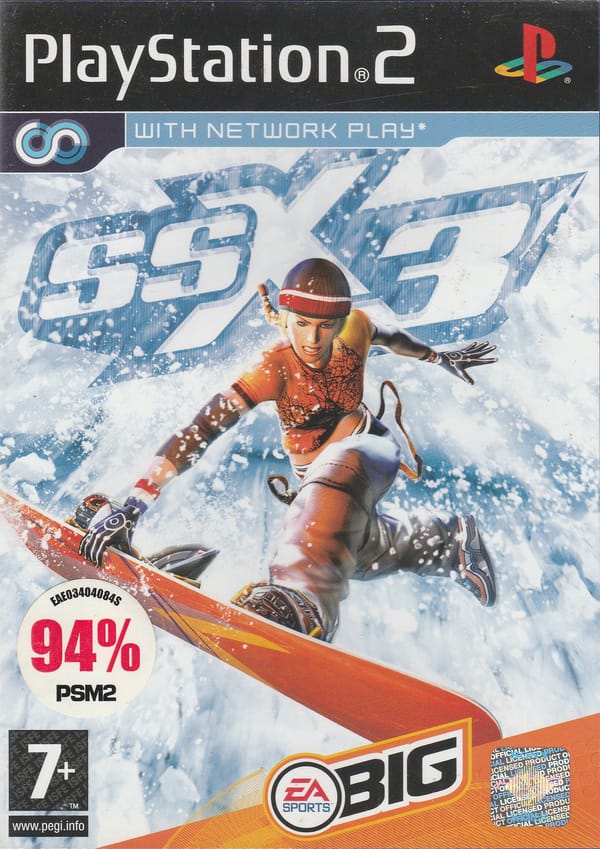Grand Theft Auto: Vice City - Neon Heat, Easy Chaos, and a City That Won’t Let Go
A slick bassline from the car radio. A siren somewhere far off. Waves tapping the seawall. Then that pink glow hits the screen, and—yeah—it all comes back. Grand Theft Auto: Vice City isn’t just a game you played on a couch; it’s a place your brain stored under “comfort noise.” It still hums.
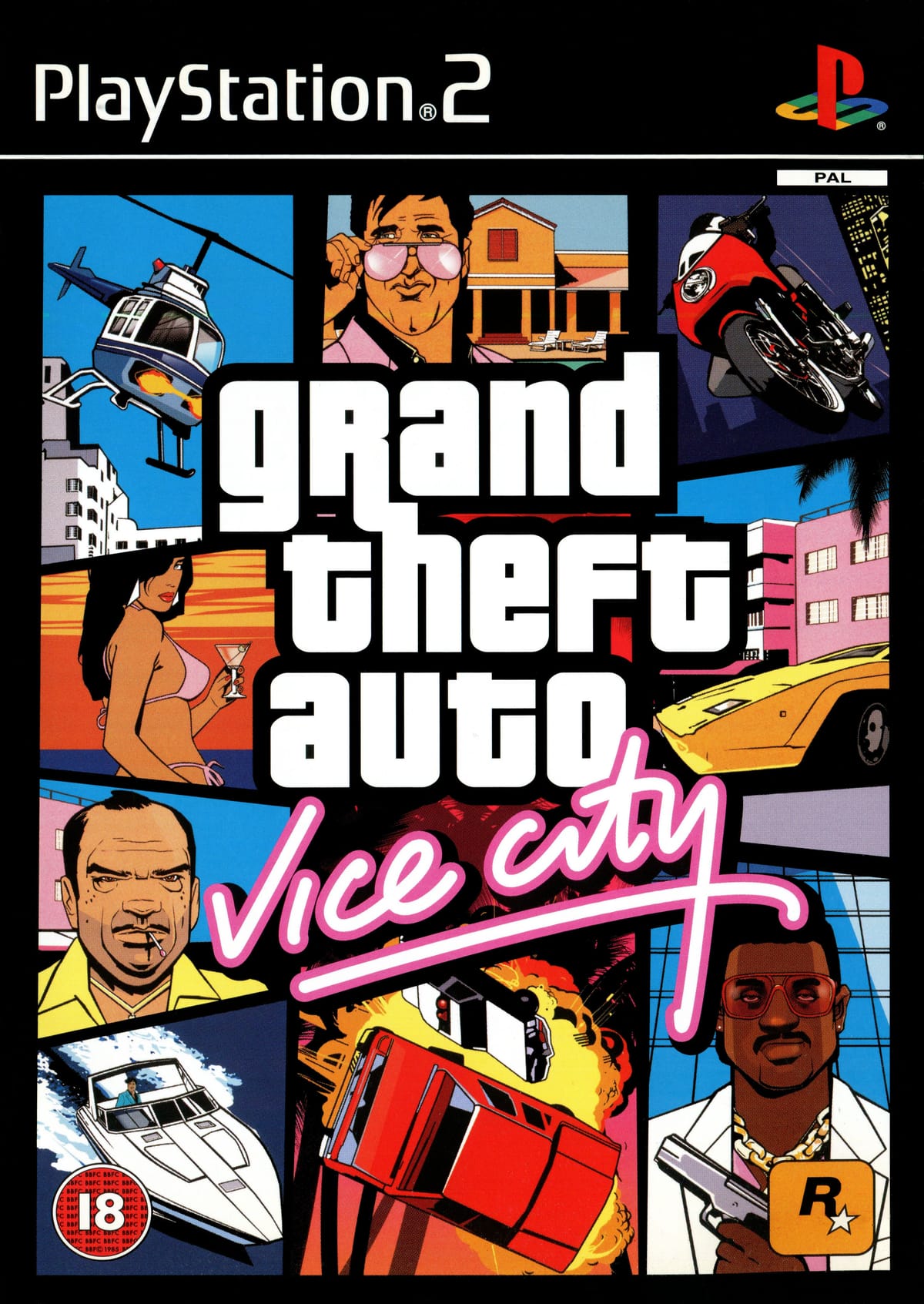
You can almost hear it before you hit Start. A slick bassline from the car radio. A siren somewhere far off. Waves tapping the seawall. Then that pink glow hits the screen, and—yeah—it all comes back. Grand Theft Auto: Vice City isn’t just a game you played on a couch; it’s a place your brain stored under “comfort noise.” It still hums.
Here’s the thing: Vice City didn’t need to be the biggest or the flashiest. It just needed to feel like 1986 on a disc. Neon. Pastel suits. Heat shimmering off the road at noon. The game ran on the same tech spirit as its era—bold, messy, alive—and somehow it still feels fresh on a weekend playthrough, even after so many sequels and re-releases.
The city as a character
Vice City borrows from a certain idea of Miami—TV shows, crime movies, glossy magazine spreads—and turns it into a stage. Ocean Beach gives you that postcard first impression: water on your left, low-slung hotels on your right, palm trees that feel like they might sway if you put your ear to the screen. Move inland and the mood shifts. Downtown looks harder, the financial district taller, the industrial docks grittier. Sunshine fades into sodium lights, and the city gets louder.
Sound sells it as much as color. Seagulls, low engines, talk-radio callers who are both funny and unhinged. The effect is subtle but constant. Even if you’re just cruising, the world keeps breathing; you’re never driving through silence. Let me explain why that matters: in an open-world game, ambient sound is the glue. It ties random moments together so the city feels continuous, not like a set of mission bubbles.
Tommy Vercetti’s rise (light spoilers)
You play as Tommy Vercetti, voiced with cool bite by Ray Liotta. He’s sent to Vice City to manage a drug deal. It goes sideways. Money and product—gone. Your boss back up north wants answers, and that pressure pushes you into this weird mix of favors, hustles, and takeovers. It’s not a complicated setup, but it’s paced well, like a TV season that knows when to slow down for character beats.
As you move, you meet a cast that still sticks: the slick politician, the nervous banker, the unhinged rock manager, the old-school mobster who expects order in a city built on improvisation. Tommy’s not a blank slate. He’s sharp, funny, and mean when he needs to be. That helps the missions land because you’re not just a camera with legs—you’re a personality with a plan.
Driving, shooting, and the rhythm of play
Vice City’s driving model leans arcade. Cars feel light and punchy, bikes zip through traffic, and boats let you trace the coastline like you’re sketching. It’s not pure realism. It’s better than that for fun. Tap the brakes, swing the tail, open the throttle, and watch the neon smear. Bikes, especially the PCJ-600, turn even short hops into little stunts. You clip a curb, catch a clean line, and—just for a second—you’re in a music video.
Combat is straightforward but satisfying on console. Lock-on is snappy, weapons escalate from pistols to submachine guns to weapons that shake the screen. The wanted system keeps tension in play. Two stars and you’re sweating; four stars and the city flips from playground to survival sim. Helicopters beat the air above you. Spikes in the road. It’s loud and a bit silly sometimes, but that’s the fun—chases are little stories that write themselves.
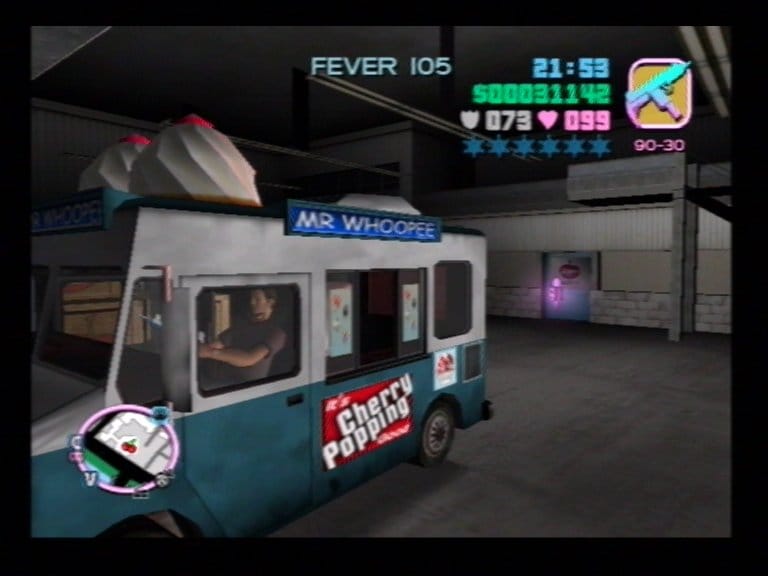
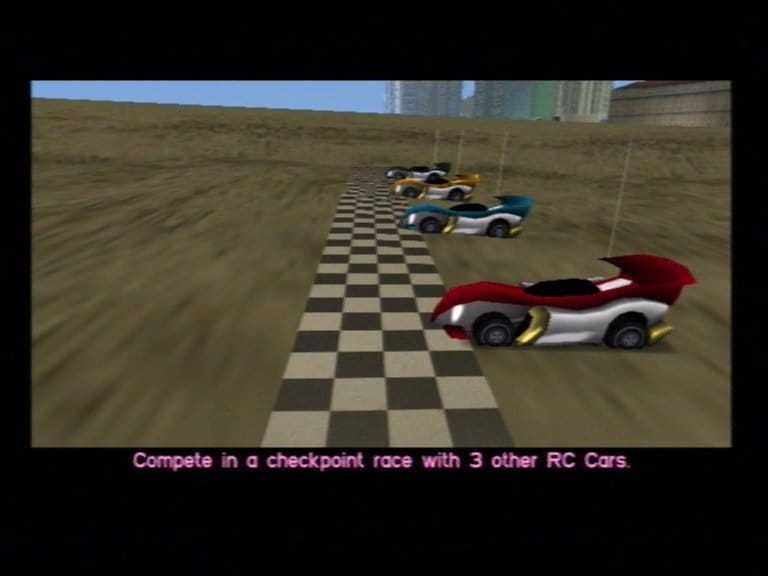
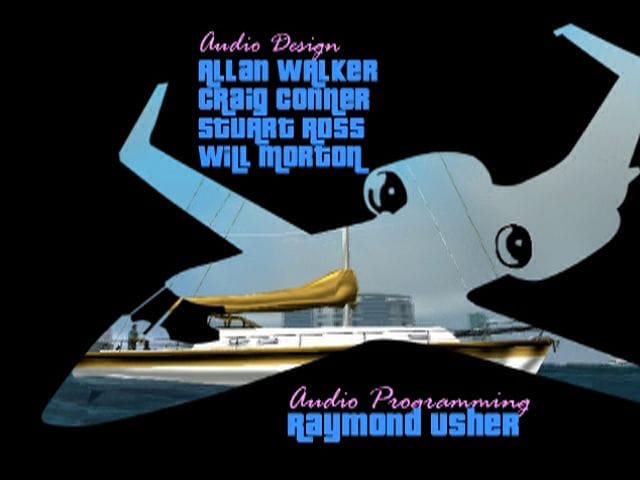
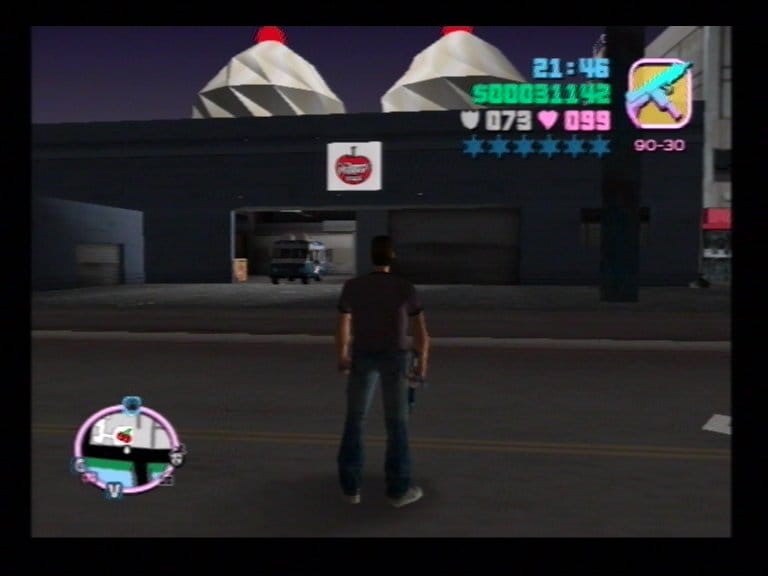
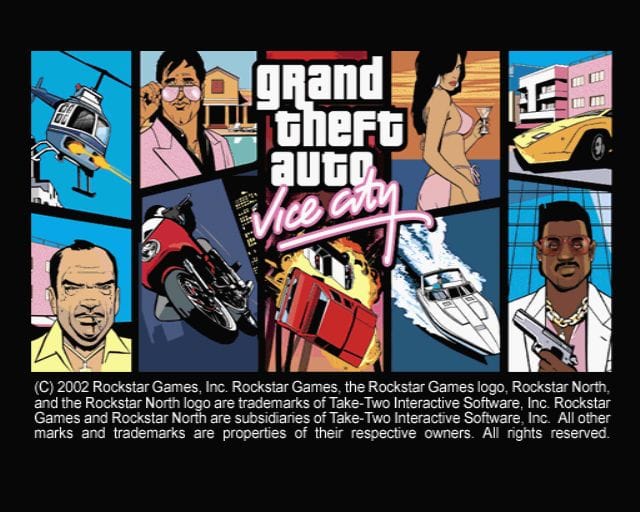
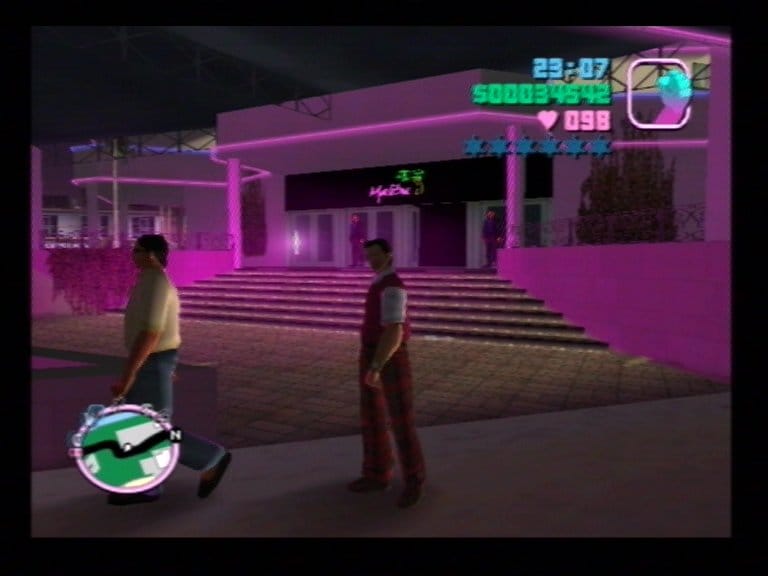

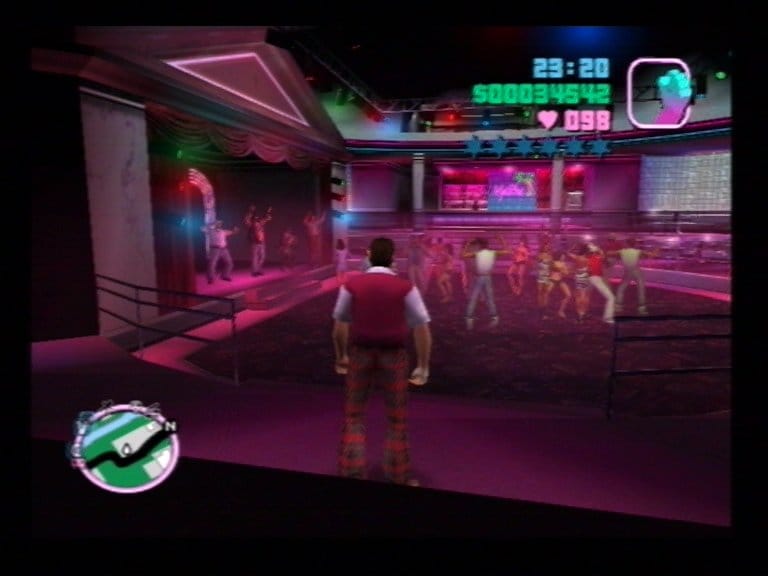
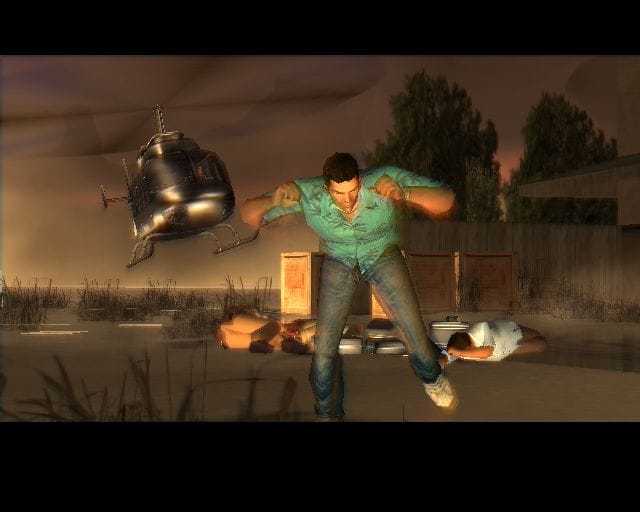
Owning the city: properties and businesses
One of Vice City’s smartest tricks is how it nudges you from errand runner to city owner. You buy safehouses and then businesses—clubs, taxi firms, a film studio, an ice cream factory that’s not really about ice cream. Each place comes with tasks that build personality and pay. Clear the list and you’ll get income you can collect, which changes your loop. Now you’re not just blasting through missions. You’re making a circuit: pick up cash, do a job, grab a new shirt, swap to a faster car.
It’s not a deep management sim, and that’s fine. The system’s simple on purpose. It gives structure to the midgame and ties the final act together. Also, it makes you fall for the map. You start to think of the city in terms of routes you love: the bridge at dusk, the alley behind the club, the roof that turns into a ramp if you hit it right.
Missions that still hit
A few missions got burned into the collective memory, and for good reason. They’re not just hard; they’re surprising in fun ways.
- Demolition Man: You pilot a tiny RC helicopter through a construction site to plant explosives. It sounds cute. It is not cute. It’s finicky and famous and weirdly satisfying when you get the rhythm.
- The Job: A clean heist setup that pulls you through prep work and a high-stress getaway. It’s Vice City channeling crime TV with a grin.
- Publicity Tour: You’re stuck in a speeding car with a bomb wired to the speedometer. Keep moving or boom. It’s absurd and perfect.
- Death Row: A rescue that flips into a brawl and then a scramble to escape. It’s one of those “oh no, oh yes” sequences that makes you feel quick even if you barely made it.
- Keep Your Friends Close…: The finale. No spoilers here. It brings your assets, your aim, and your map knowledge together in a way that feels earned.
Not every mission is silky smooth—the RC helicopter learns that the hard way—but even the rough edges add flavour. You remember them because they made you feel something beyond “mission passed.”
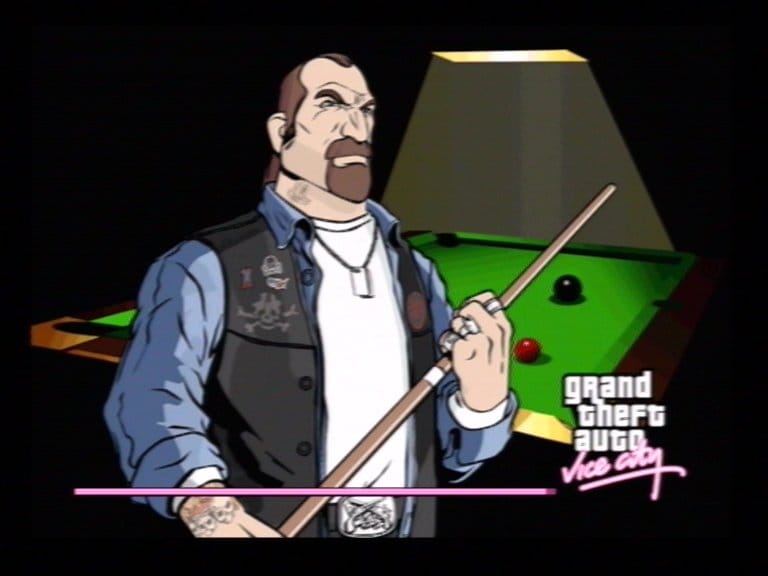
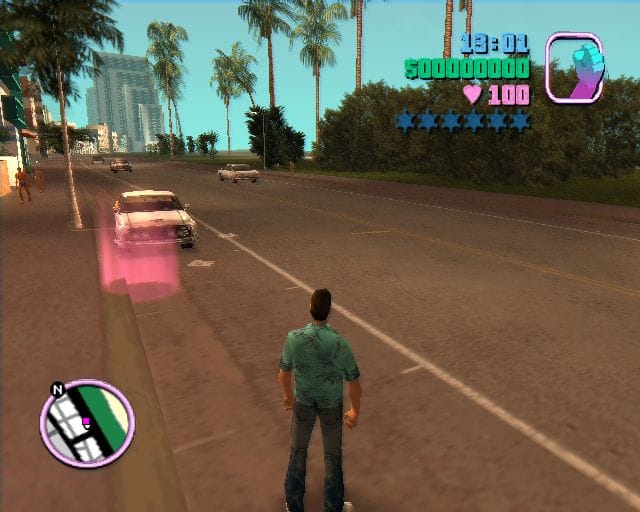
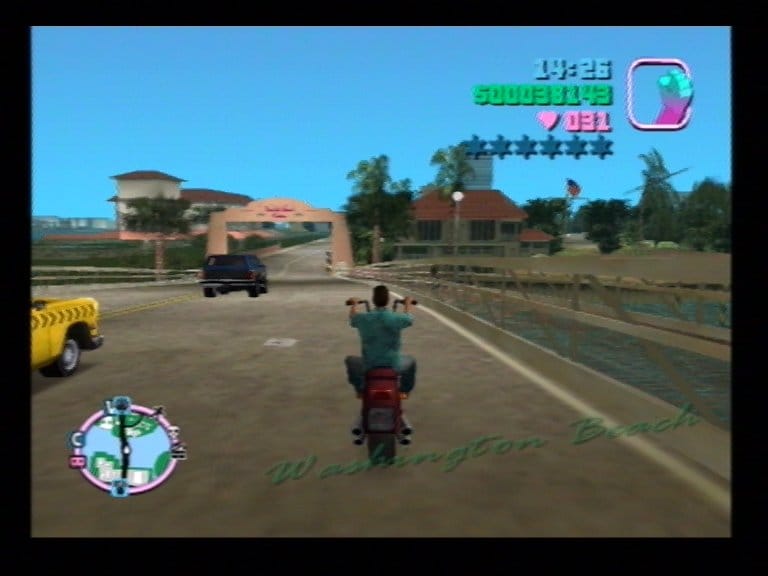
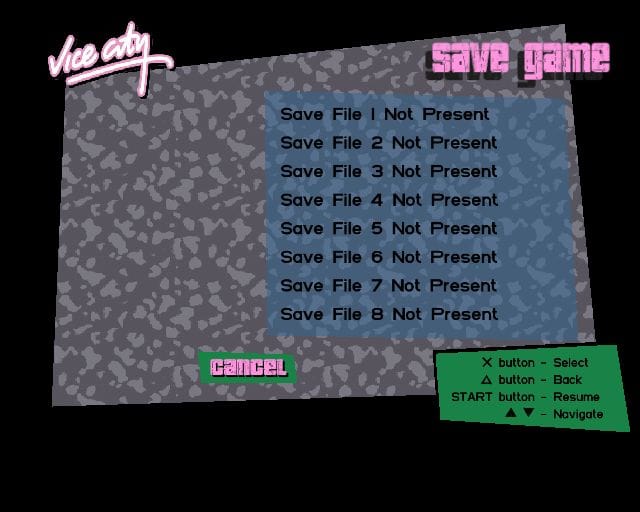
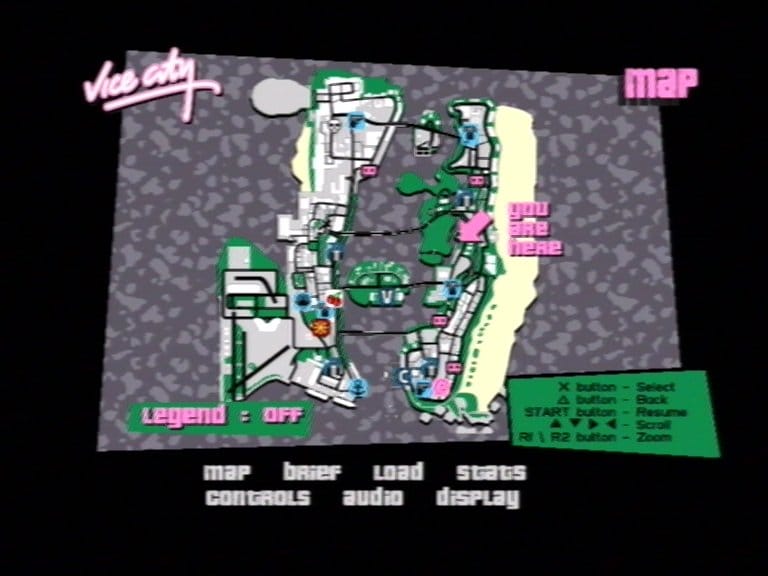
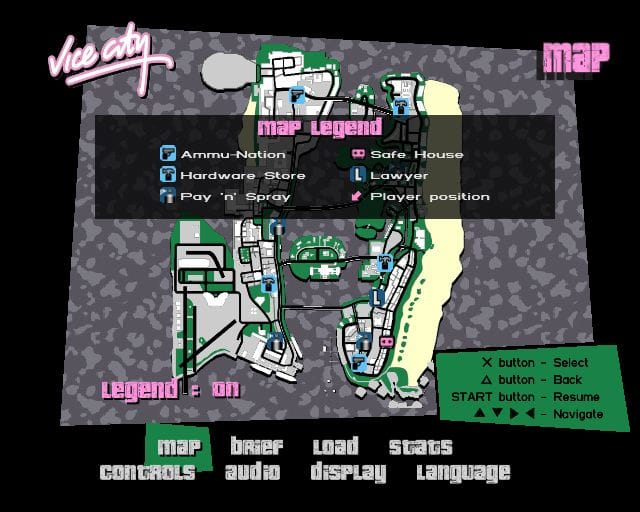
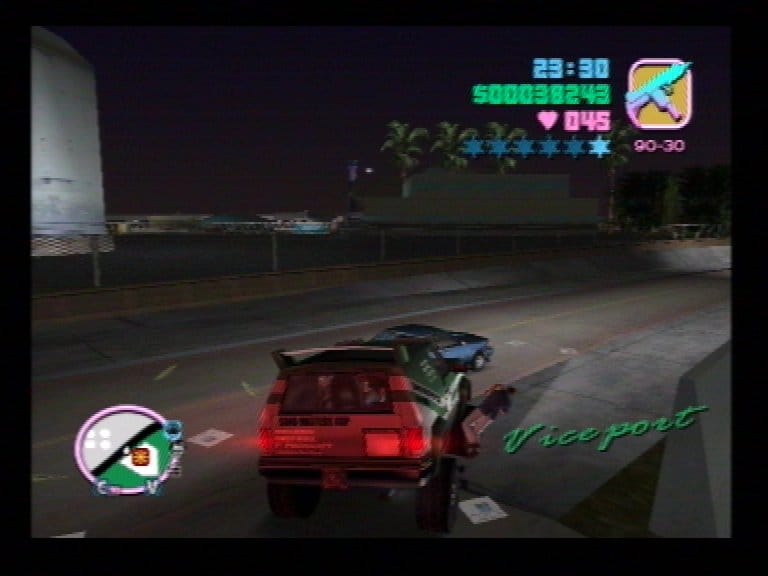
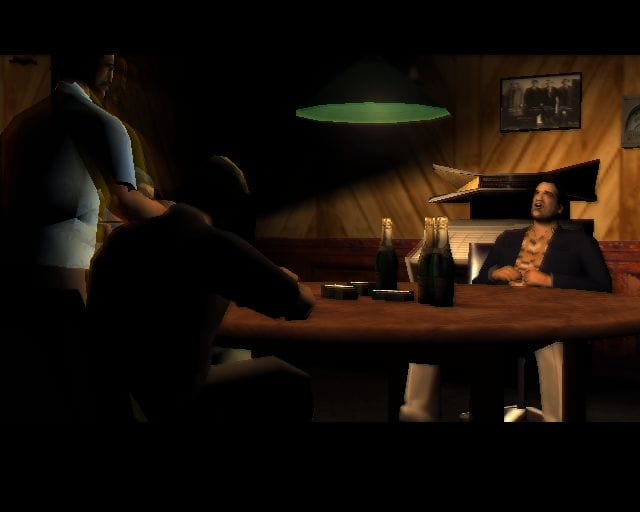
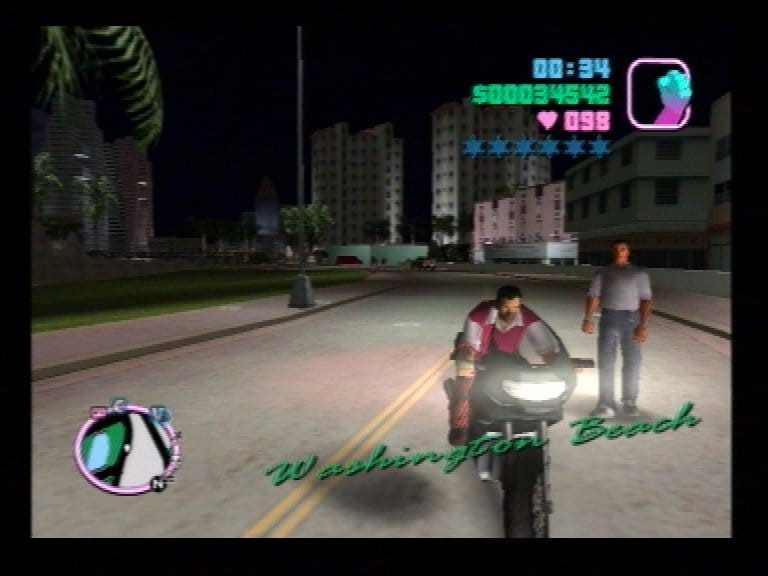
Radio stations and the soul of Vice City
If you remember one thing besides the colors, it’s the music. Vice City’s radio stations are the city talking to you. Not just the tracks, but the fake ads, the skits, the awkward callers. The music spans synth-pop, glam metal, funk, Latin jazz, and late-night mood pieces. Flash FM and Emotion 98.3 keep windows rolled down on Ocean Drive. V-Rock does what it says on the tin. Fever 105 slides effortlessly. Wave 103 hums like neon.
Each station sets a different layer of the city. You steal a convertible, flip to your favorite, and the mission tone changes. It’s hard to overstate how much the licensed soundtrack lifts the whole experience. On some re-releases, a few songs changed due to licensing. The mood still holds. The mix was that strong.
Visuals, performance, and versions
On PlayStation 2, Vice City felt warm and bright. The draw distance wasn’t huge, but the haze worked with the setting. The frame rate wasn’t locked, yet the game kept a lively pace. Character faces are stiff by modern standards, sure, but the art direction carries so much of the load that your brain fills the rest. Palm trees sway, water glints, and the shadows get long in the late afternoon. You feel the heat.
The Definitive Edition (part of the GTA Trilogy from 2021) brought higher-resolution textures, new lighting, and modern controls. It also shipped with rough edges at launch—rain that looked harsh, odd character models, bugs that sparked memes. Patches improved a lot, though not everything. If you’re new and on a current console, it’s still a very playable way to experience the story. If you’re a purist, the original PS2 version or PS Classics version on newer PlayStation hardware has that old glow and vibe some folks swear by.
Cheats, secrets, and that little chocolate egg
Vice City rewards curiosity. Hidden packages dot the map—collect them and you get steady rewards at safehouses, which makes the midgame easier and more fun. There are unique stunt jumps that turn the city into a skatepark with cars. Rampages ask you to make the screen go loud for a minute or two. And yes, there’s a literal Easter egg hidden in a building you can reach with a clever jump. It’s a cheeky wink that says, “We knew you’d look.”
Cheat codes on console are part of the culture too. A quick button string for weapons, health, or a tank changes a dull afternoon into a chaos hour. Just be aware: saving with certain cheats active can cause odd glitches in that save. It’s a sandbox; have fun, but maybe keep a clean save handy.
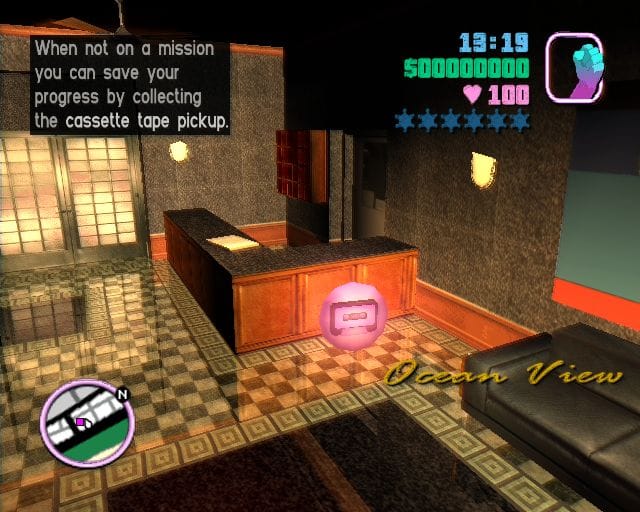
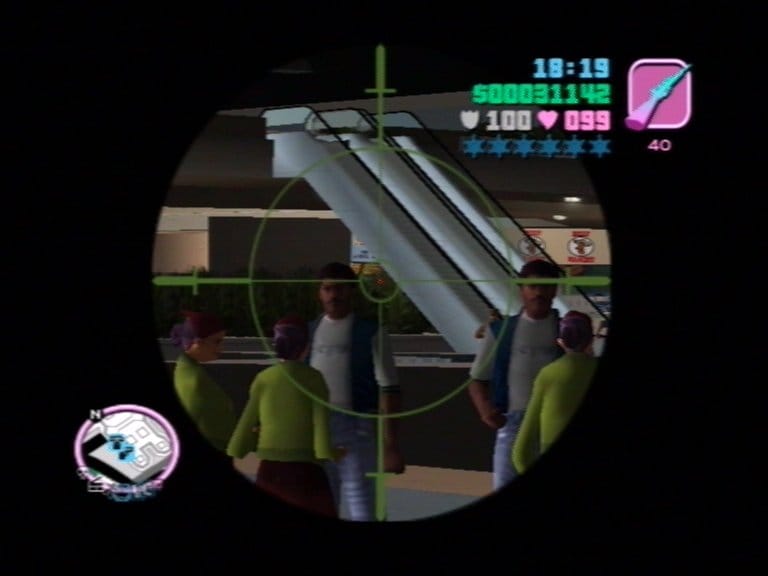
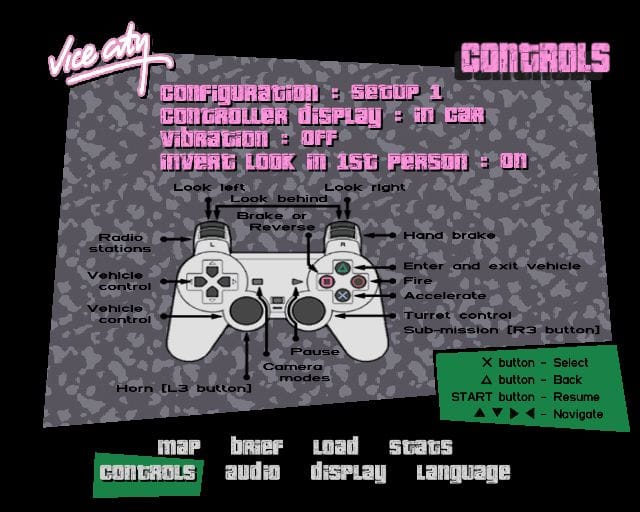
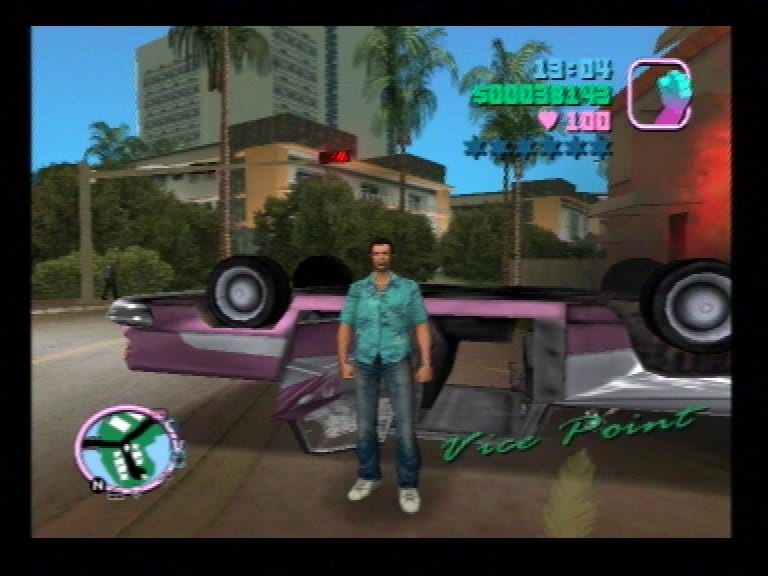
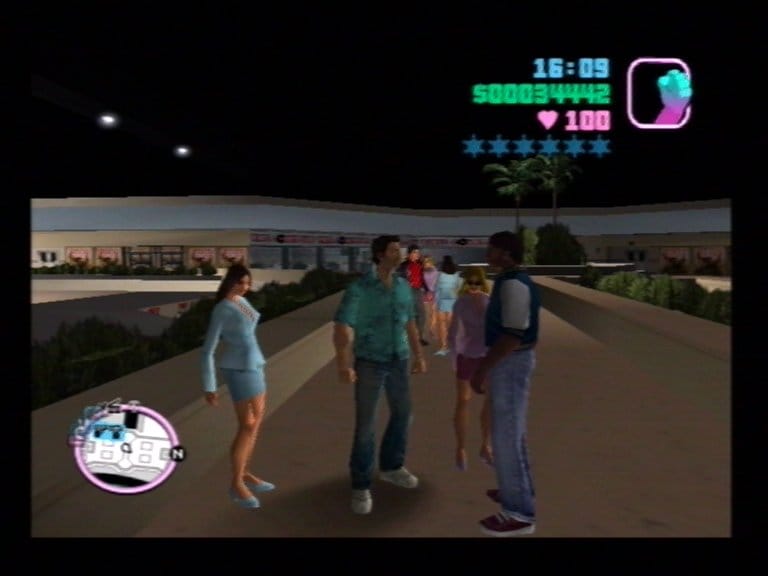
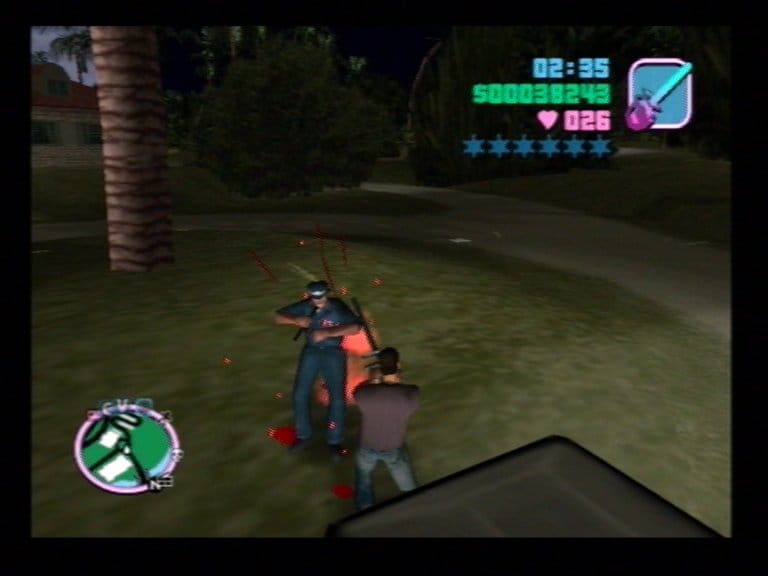
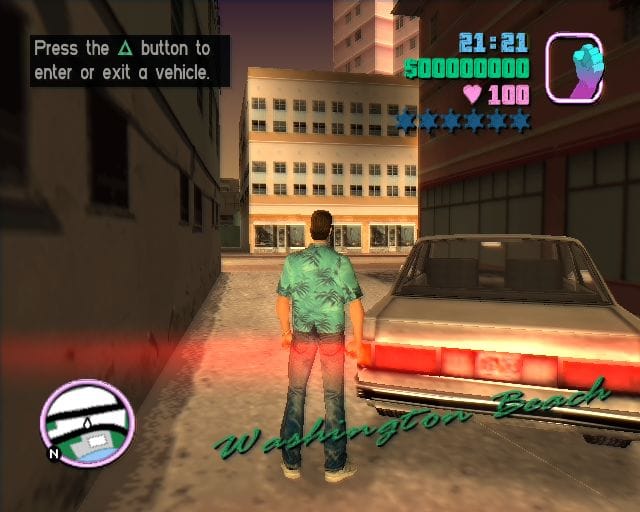
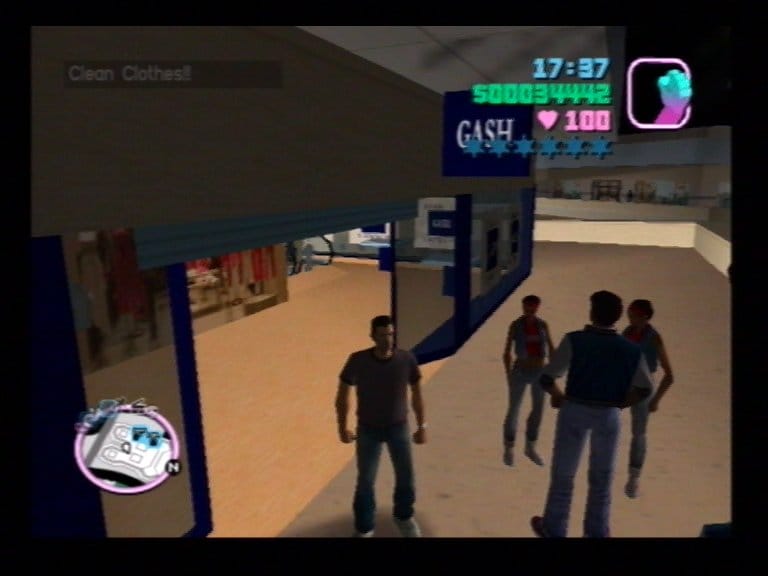
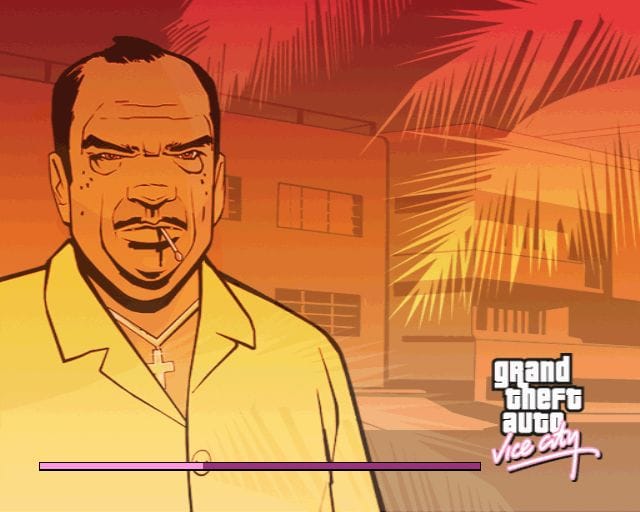
The small things that make it stick
Vice City’s charm sneaks up on you in little moments. You pull a wheelie along Washington Beach at sunset and hear a radio ad for a ridiculous product you almost want to buy. You crash a moped outside the mall and run inside to change out of a blood-stained Hawaiian shirt, then walk out feeling brand new. A boat ride at night becomes a paused screenshot because the skyline catches you off guard. None of this is big tech. It’s timing, writing, and color.
From errands to ownership: how pacing plays nice
Early on, you’re broke and borrowed—sleeping in small safehouses and scrounging for ammo. Midgame, you’re touring your businesses and learning good escape routes. Late game, you feel like you can go anywhere fast. That curve is clean because the game keeps giving you reasons to spread out. It asks you to learn side streets, jump spots, and rooftops. You gain access to a helicopter and, suddenly, the map is smaller and bigger at the same time. It’s contradictory, I know, but it’s true: the city shrinks when you fly and expands when you notice new shortcuts no road ever showed you.
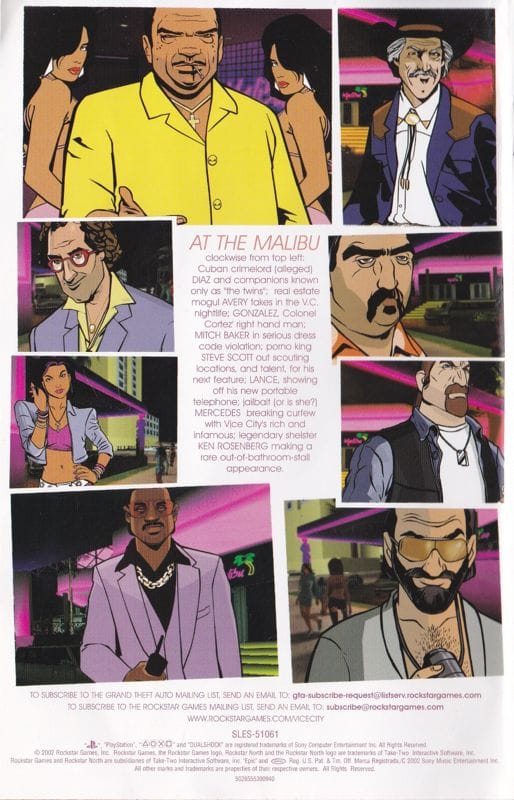
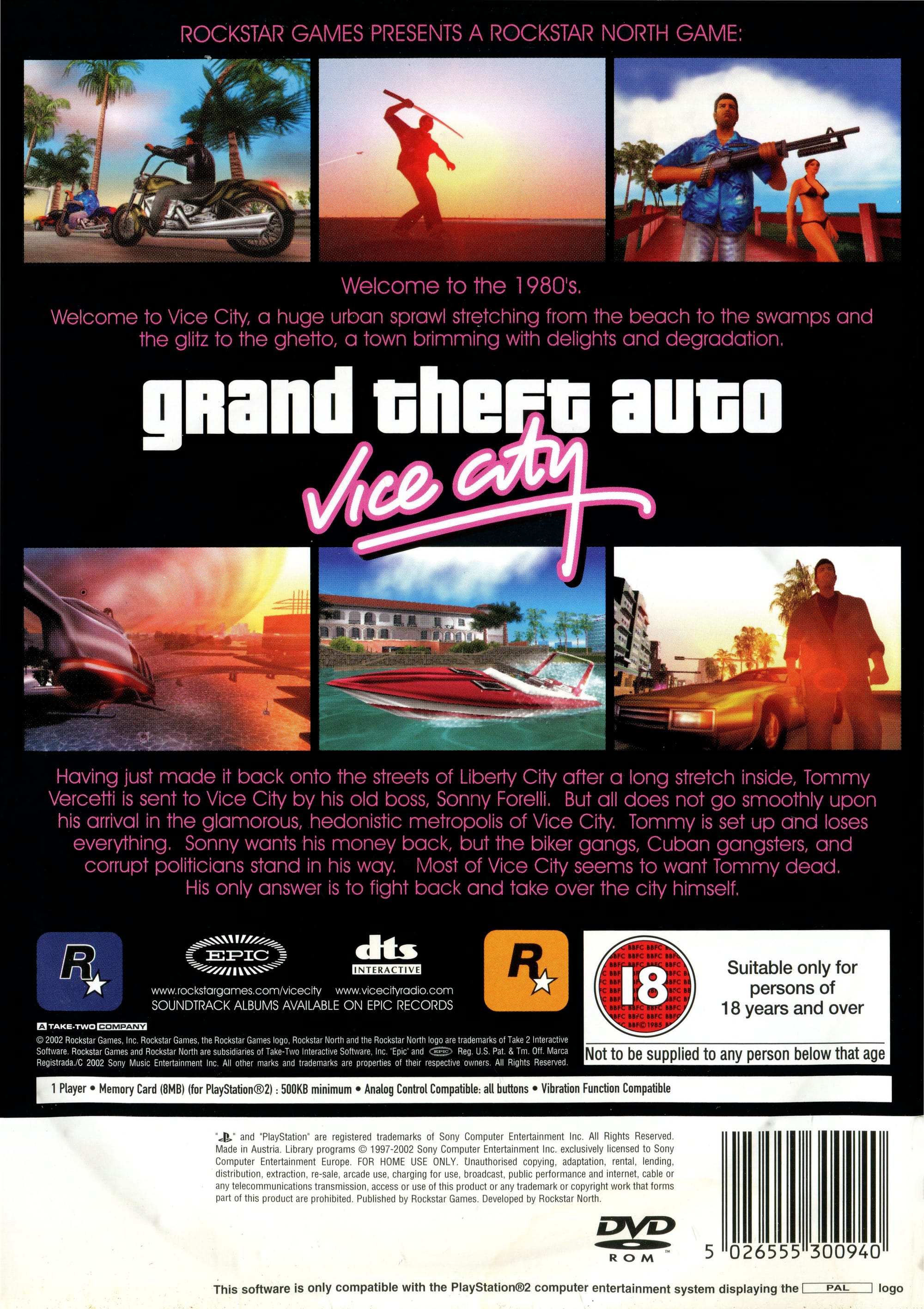
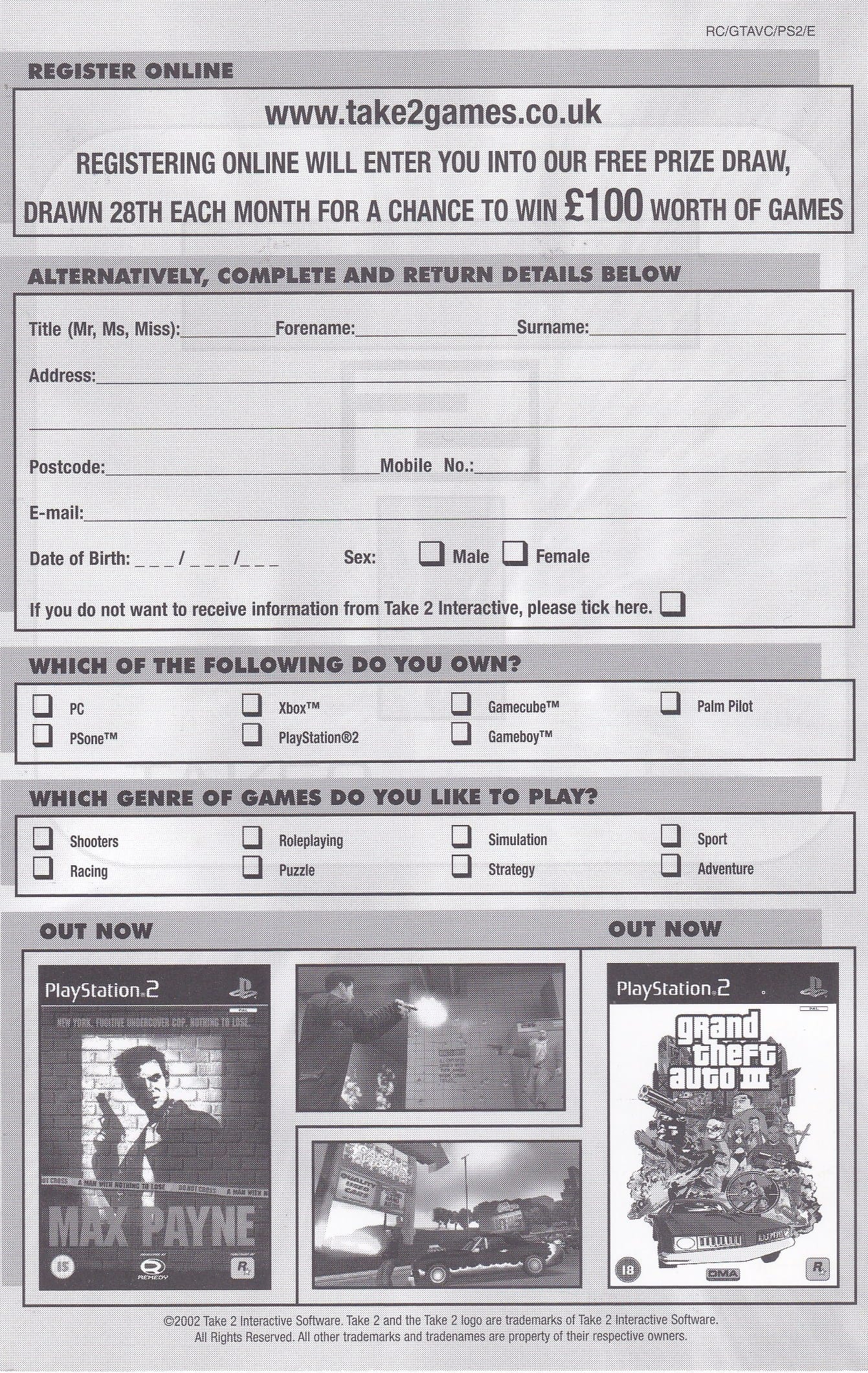
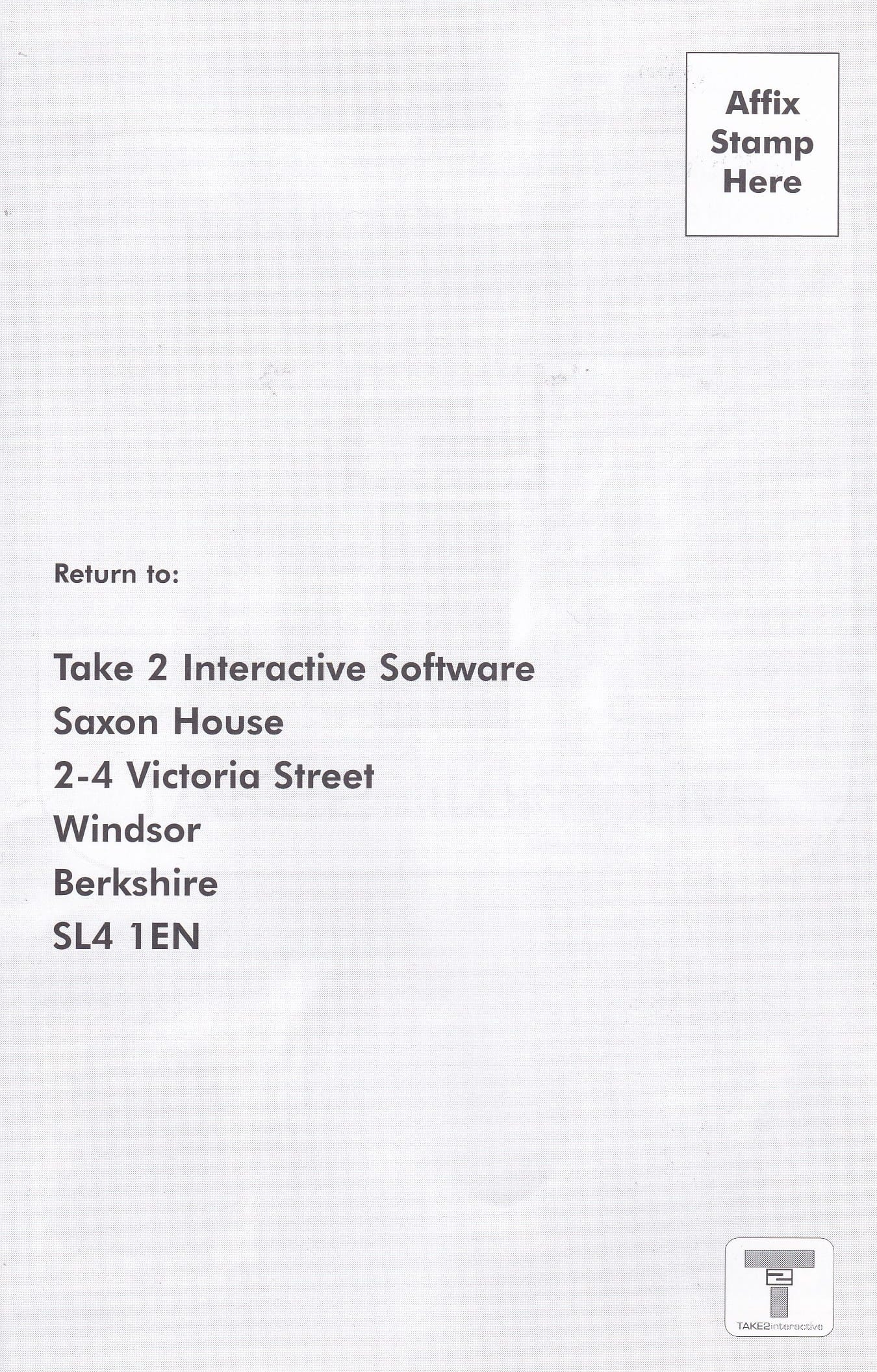
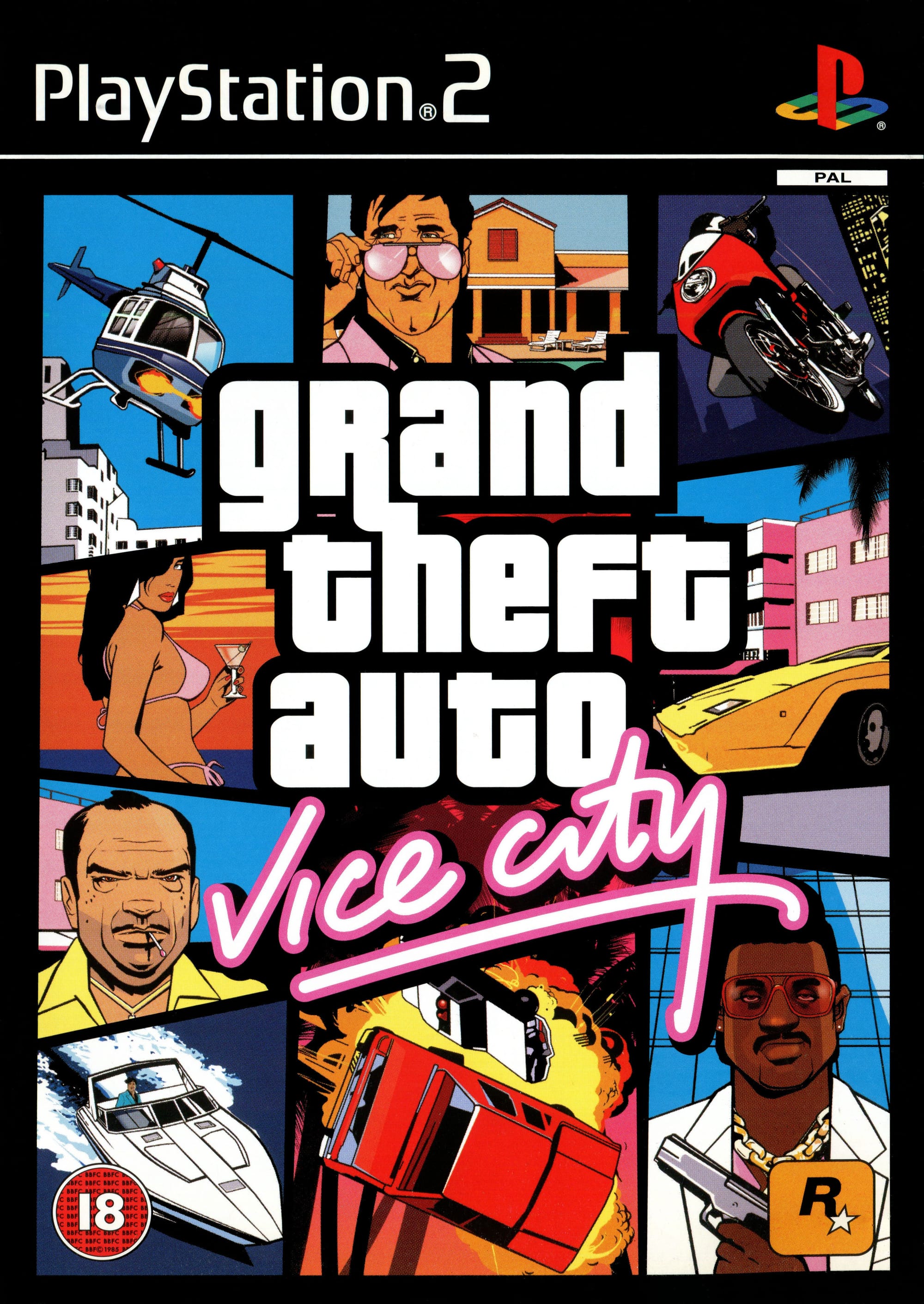
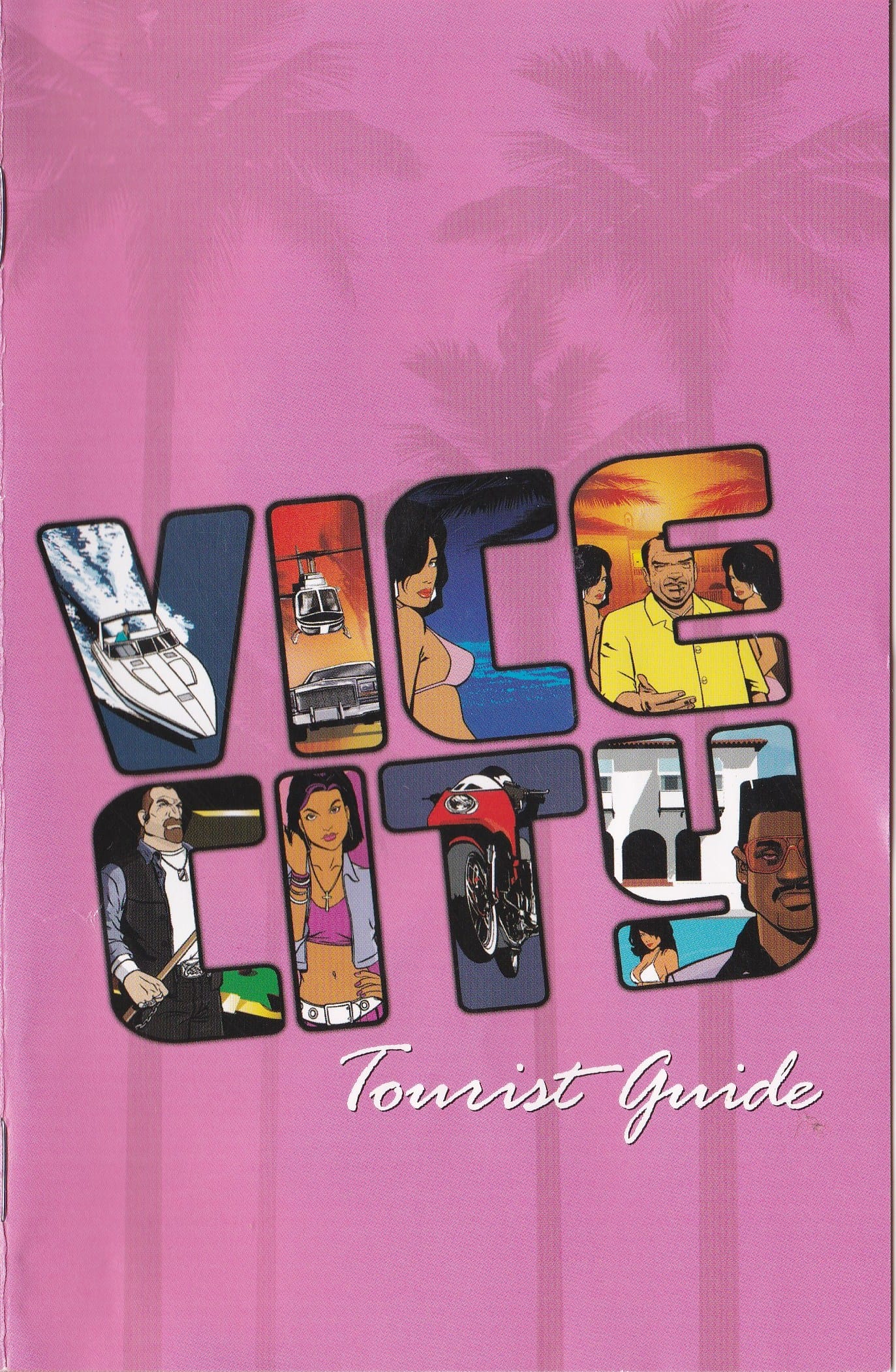
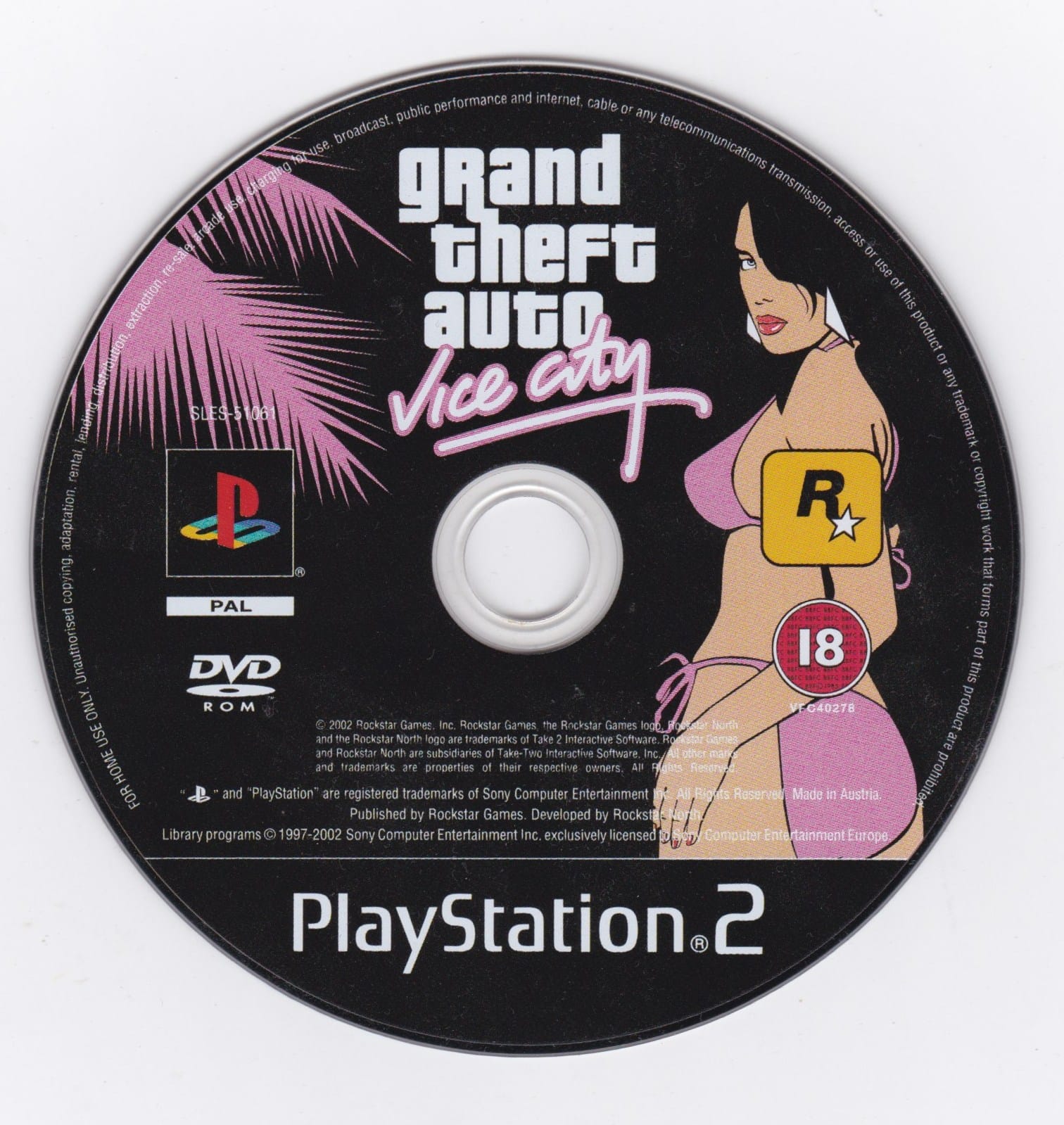
Playstation 2 - Grand Theft Auto: Vice City - Case and Inserts
Controls and feel on console
On a controller, short bursts of play work great. The lock-on helps; the driving is forgiving; the motorcycle handling encourages playful risk. You’ll have moments where the camera fights you in tight spaces. That’s old tech showing. But in the open, especially along long straights and wide corners, it feels confident. One practical tip: adjust the aim settings in the options, then pick a reticle color that pops for you. Little things reduce friction over a long session.
Simple tips for a smoother playthrough
- Buy the Malibu Club early. Its missions are fun and the payout helps with gear.
- Learn a clean route to a Pay ‘n’ Spray near your favorite hangouts. Losing heat fast is a life skill here.
- Grab a fast bike whenever you can. The PCJ-600 is quick, nimble, and great for jumps.
- Do a few hidden packages when you’re near them. The safehouse rewards stack and save time.
- Keep a save before mission chains. If a bug or a sticky task annoys you, you can reset without losing an hour.
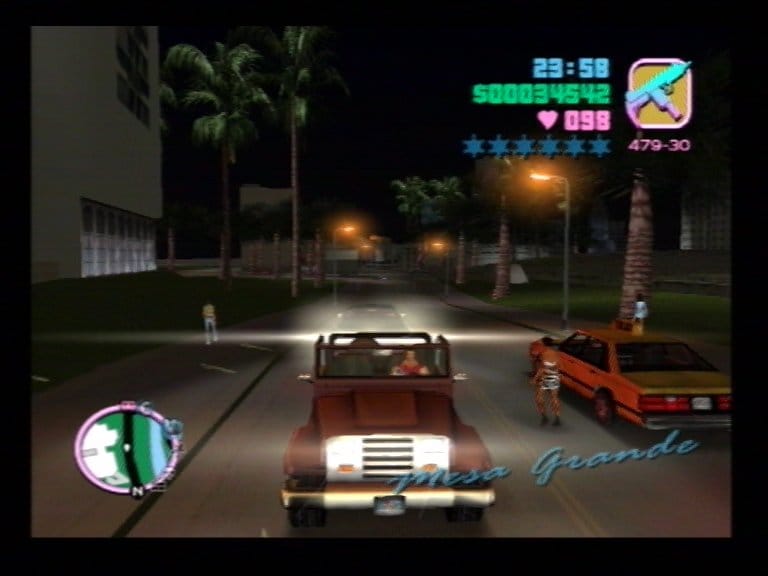
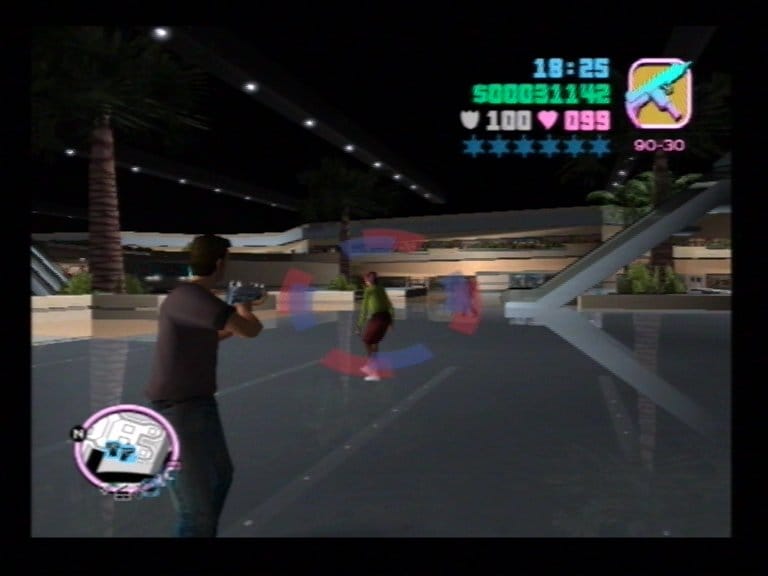
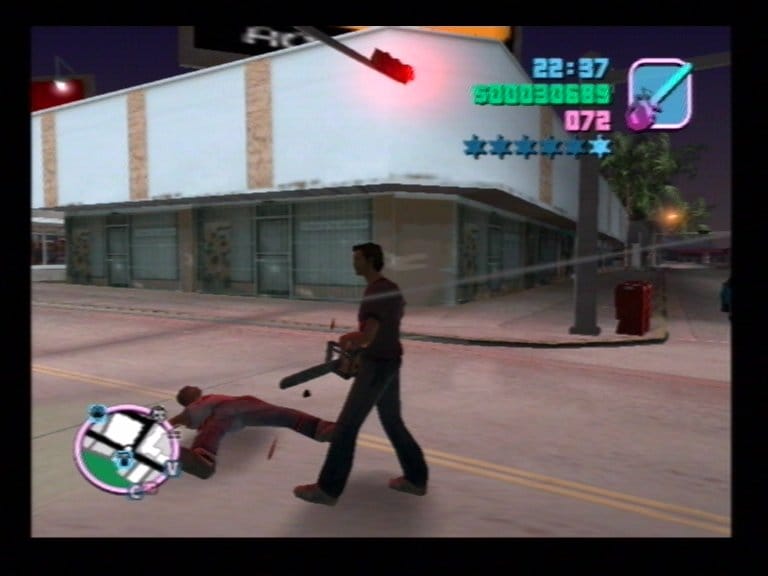
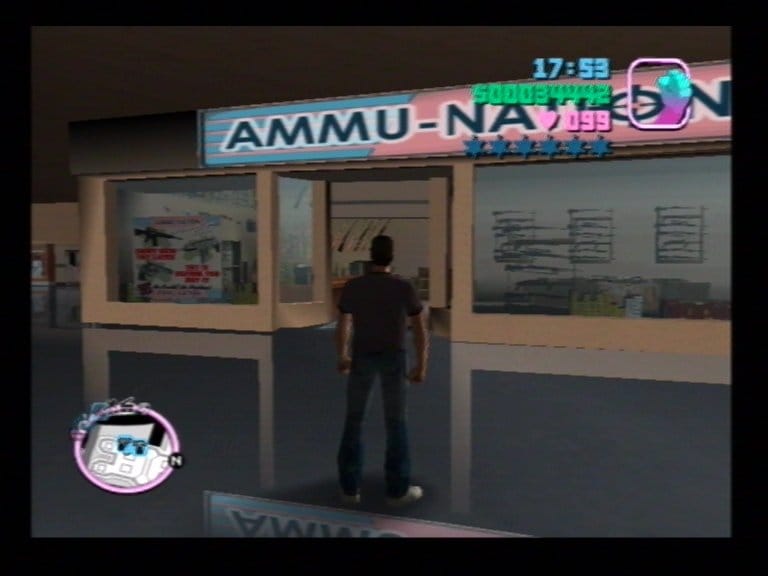
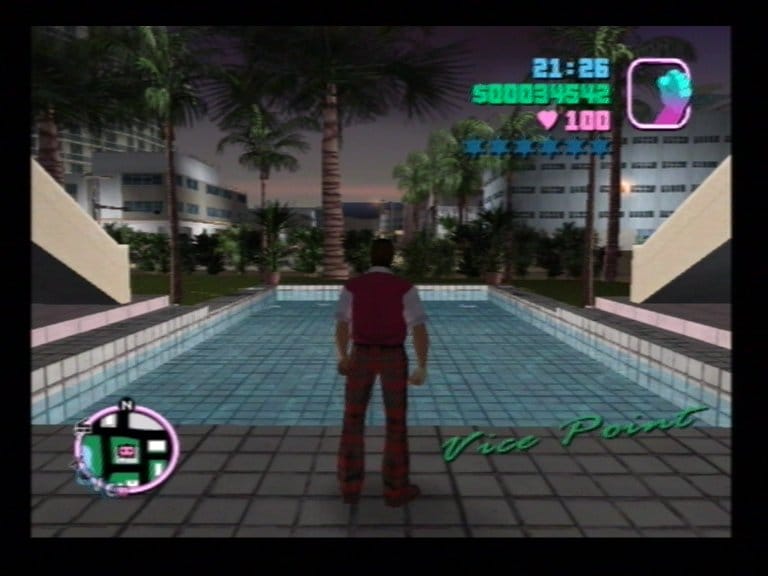
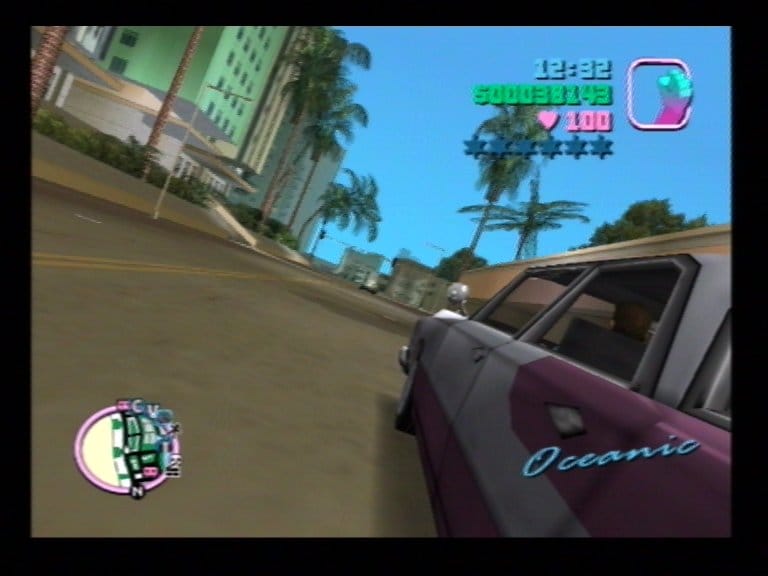
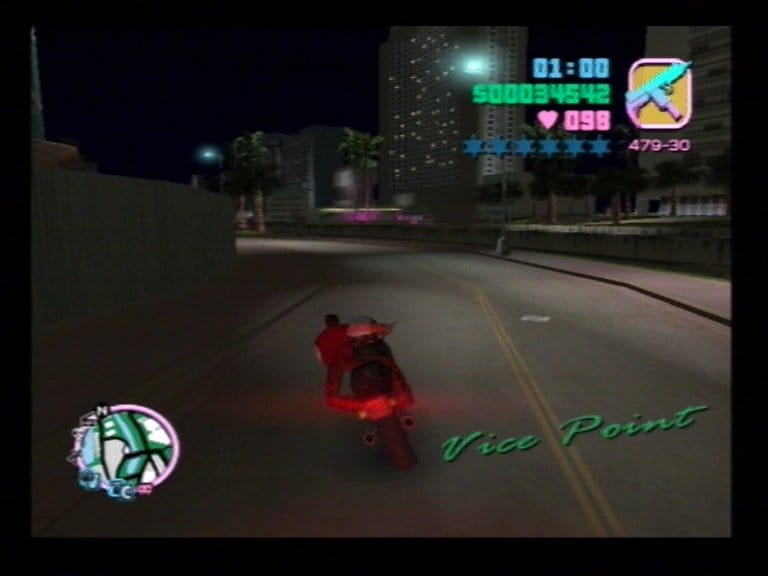
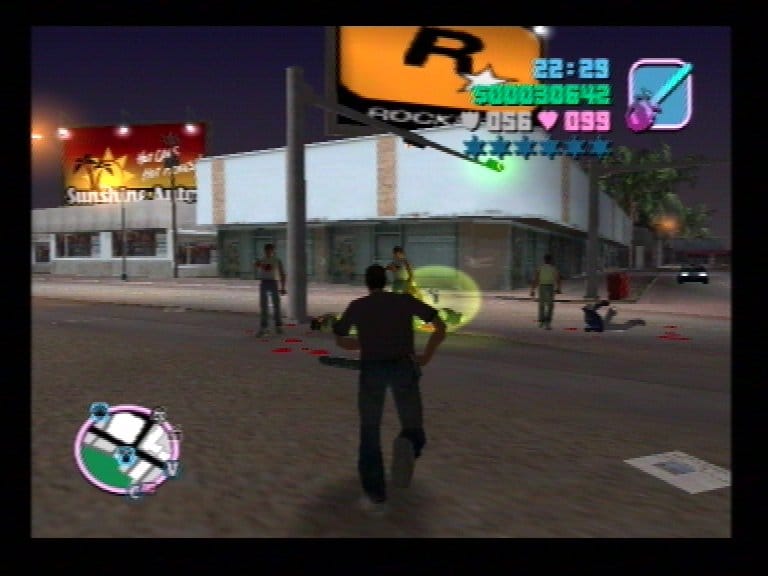
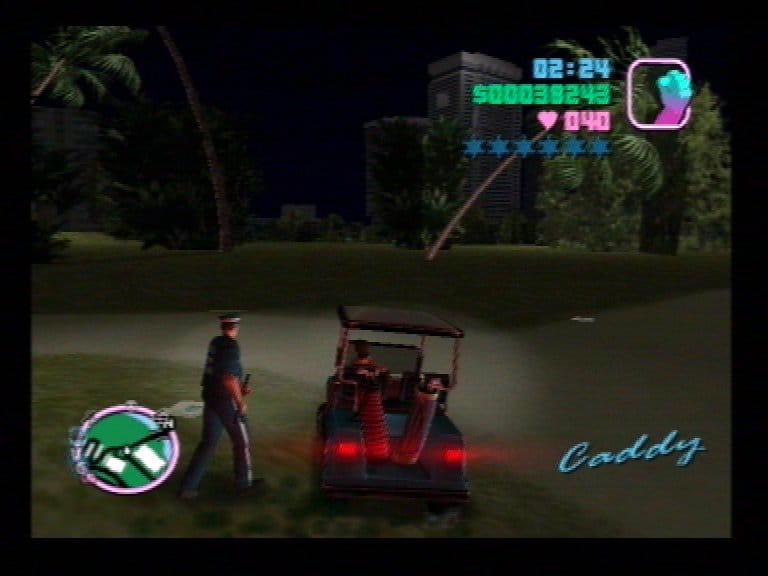
Mission design, like stage blocking
A lot of Vice City’s mission scripting feels like stage blocking. You move from mark to mark while the world tries to throw you off. The directions are clear, the variables—traffic, wanted level, your vehicle choice—are what make each run yours. Sometimes a taxi spawns at the perfect moment; sometimes a police cruiser pinballs you into a tree. These tiny differences keep replays spicy. You’re telling the same story with small improvisations that make it new.
Culture, style, and that 80s swagger
Let’s be honest: part of Vice City’s appeal is pure style. Big collars. Bigger hair. Gold chains catching light. The game winks at Miami Vice and Scarface without slavish copying. You pick up a white suit, step into a sports car, and you can almost feel the cheap cologne. The fashion and the buildings and the music stand together like a set—but because the radio and the street chatter keep changing, the set never feels stale.
Also, the comedy still works. Not every joke lands, and a few bits show their age, but the satire leans broad: radio callers with too much confidence, TV show parodies that feel a touch too real, ads that sound like things you’ve seen at 2 a.m. after a long day. You know what? Some of the goofiest lines sneak up on you after a heavy mission and pull you right back into play.
Legacy and why developers still nod to Vice City
Vice City didn’t invent the open-world playbook, but it pushed hard on mood as a design pillar. Many games studied what it did with radio, color, and pacing. The idea that a city’s soundscape and station humor can carry as much weight as physics? That’s a Vice City lesson. So is the midgame business arc that turns a map into a route you care about. You see echoes of that in later GTAs, Saints Row, Sleeping Dogs, and even non-crime sandboxes that treat place as a personality.
The influence also shows in mission variety. Not every task is shoot-and-run. Some are timed puzzles, some are stealthy, some are pure attitude. Modern design often mixes those flavors for rhythm—a habit that got loud here.
Replaying it now: what to know
If you’re on original hardware, you already know the ritual. Disc spin, memory card, that boot chime you can hum from muscle memory. If you’re on a newer PlayStation or Xbox, the Trilogy version is easy to find digitally, and patches have ironed out a lot. On Switch, portable Vice City has its own charm—short sessions on a couch or a quick run on a train with headphones, which actually makes the radio feel closer.
Small accessories help more than you expect. A decent over-ear headset makes the soundtrack bloom and the police chatter crisp. If your controller has hair triggers that you can tune, set them so the throttle bites earlier for cars and bikes. It sounds fussy; it’s not. It just keeps the feel snappy.
Why the magic holds
Vice City works because it’s confident about what it wants to be. It doesn’t chase a huge feature list. It picks a time, a place, a sound, and a pace—and commits. The story gives you momentum. The radio makes you smile. The missions push and pull. The color palette does half the storytelling. And when it’s all moving, the city feels like a party you can leave and rejoin whenever you like.
Also, it’s a mood buffer. Long day, too many tabs open, brain feels like static? You drop into Ocean Beach at night, park by the water, let Emotion 98.3 run for a track or two, and your shoulders drop. Then you remember you were supposed to do a mission, so you hop on a bike, aim at the bridge, and the city welcomes you back with sirens and synths. Not many games can calm you and charge you up at the same time.
A few closing thoughts (with a wink)
Vice City isn’t perfect. Some missions will test your patience. A few jokes show their age. The Definitive Edition still has moments that look odd if you stare too hard. But here’s why that doesn’t break it: the core is strong. The city still sings. The radio still sparkles. The driving still coaxes you into silly detours when you were supposed to go straight.
If you’ve never played it, you’re stepping into a time capsule that’s somehow still warm. If you grew up with it, you’re visiting an old neighborhood that remembers your favorite songs. Either way, grab a bike, pick a station, and let the neon do its work. Vice City will meet you where you are—and nudge you to wear a louder shirt while you’re at it.
